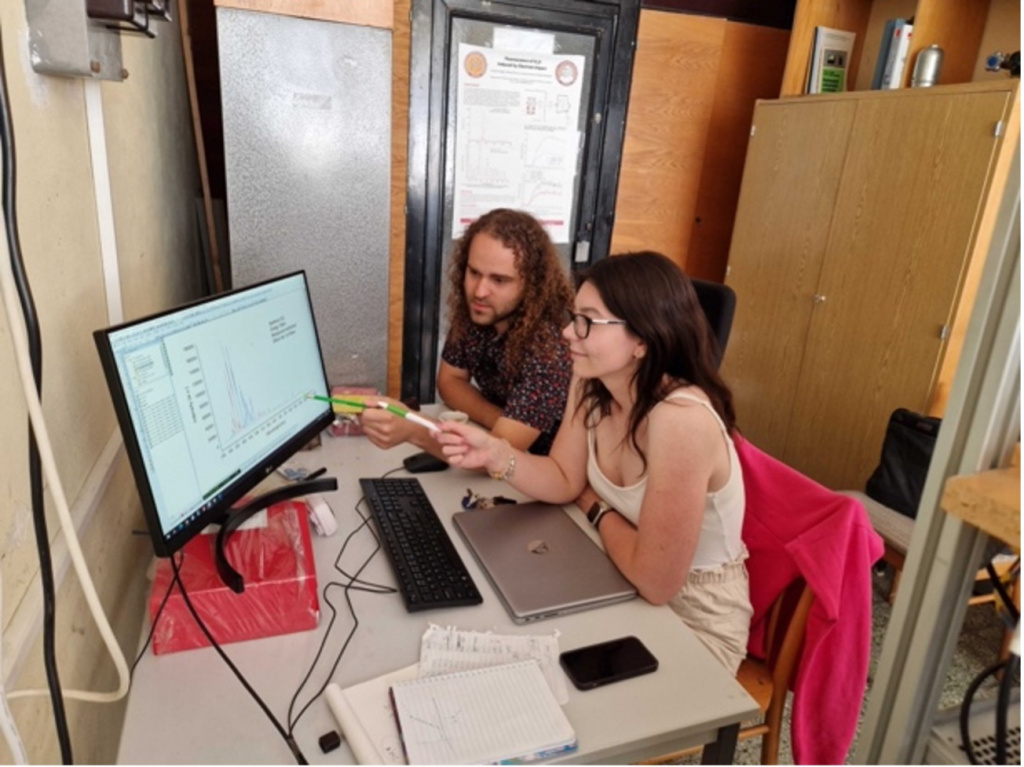21-EPN-FT1-015: Characterising electron impact induced UV-Optical emission of simple molecules relevant to atmospheres of small Solar System bodies
Visit by Steven Bromley, Auburn University (USA), to TA2 Facility 13 – Electron Induced Fluorescence Laboratory (Slovakia).
Dates of visit: 25 July – 08 August 2022
Report Summary: The goal of the 2022 visit was to study and measure the electron-impact induced emission from dissociation and/or ionisation of CO and CO2 between 0 – 100 eV electron energy. These experiments are part of a longer-term plan to characterize the electron-impact-induced emission features of oxygen-containing molecules found in cometary environments. These data are expected to be used in future modelling and analyses of data acquired in situ during the Rosetta mission to comet 67P/Churyumov-Gerasimenko. We aim to understand the conditions in the inner coma and how electron-impact-induced emission features can probe the physical and chemical processes occurring in the near-nucleus coma environment.
During the first half of the visit, we measured electron-impact spectra of CO2 gas at multiple electron energies. Electron impact of CO2 can give rise to emission from CO, CO+, CO2+, and excited states of C and O atoms. Since the probabilities of the different reaction channels depend strongly on the collision energy, these spectral features offer a way to diagnose the conditions of plasmas containing CO2. The collected spectra and threshold measurements are in reasonable agreement with the limited data in the literature. During the second half of the visit, we measured electron-impact spectra of CO gas at numerous electron energies. Many of the spectral features for neutral CO, CO+, and atomic C and O were characterised, as a function of electron energy, for the first time. Given the time-consuming nature of the measurements, data analysis and additional measurements will continue remotely.

Read the full scientific report, with kind permission by Steve Bromley.

